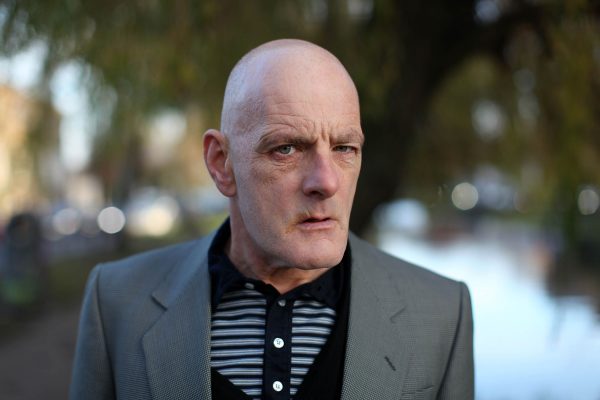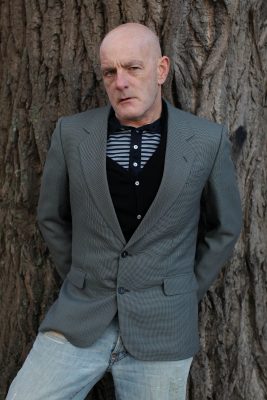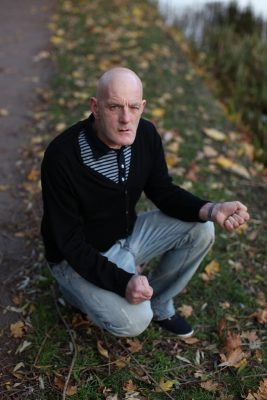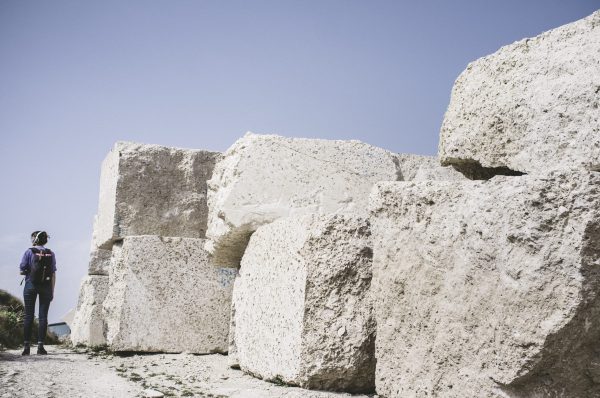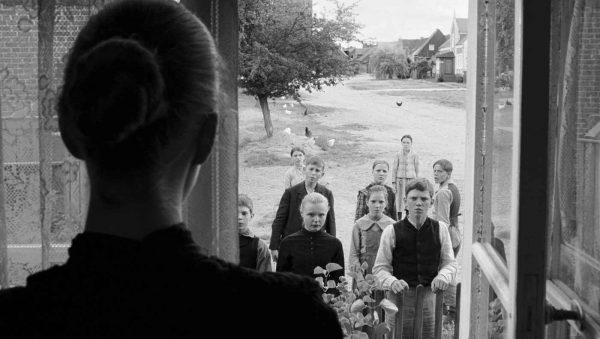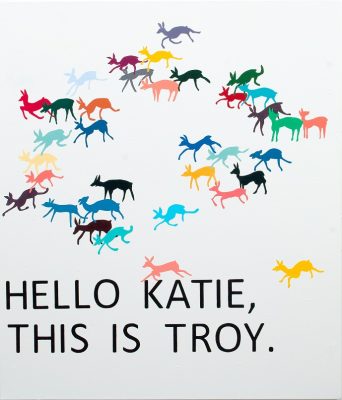Desmond Hogan is probably the most famous Irish writer you’ve never heard of. In the early 1980s, with numerous award-winning short stories and an acclaimed first novel under his belt, he was tipped for international stardom. He shared the same literary agent as Peter Carey, Bruce Chatwin, Ian McEwan and Salman Rushdie, and counted Kazuo Ishiguro as a close friend.
But while the other members of this auspicious literary milieu established themselves as the leading literary figures of their generation, Hogan slipped into obscurity, retreating to the green hinterlands of western Ireland to pursue a more monastic writerly life after several years of anonymous exile in the capitals of Central Europe. A recipient of the prestigious Rooney Prize for International Literature, he was described by Robert McCrum in 2004 as ‘one of Ireland’s finest writers’. We published a new short story by him, From the Town, in our first issue.
A few months before we launched The White Review, we met Des in a café in the Portobello area of Dublin, his current home. He fits the bill of the reclusive Irish writer perfectly: eloquent yet eccentric, Hogan’s digressive and anecdote-studded answers testify to an intense imagination.
